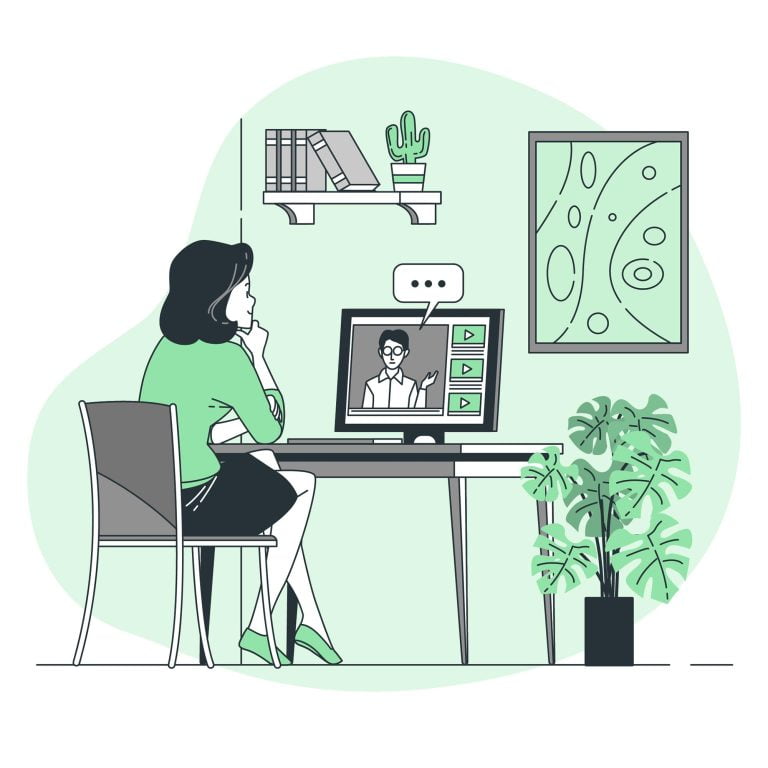
In the realm of digital communication, teletherapy has emerged as an accessible, effective solution, especially when physical presence is a challenge. In this article, we’re going to highlight the best virtual learning tools that have transformed the landscape of teletherapy, with a special nod to our top recommendation, O-Connect.
First, we’ll dive into an overview of teletherapy, discussing its unique benefits and the increasing need for reliable digital tools in this field. We’ll explore various virtual learning tools used in teletherapy and shed light on their distinctive features. From ease-of-use to advanced features like session recording and secure data encryption, we’ll take you through the aspects that make these tools essential for remote therapy sessions.
Telehealth and teletherapy have seen a significant increase in usage worldwide due to the COVID-19 pandemic. Here are some statistics and trends from the search results:
- In the US, consumer adoption of telehealth has skyrocketed, from 11% in 2019 to 46% in 2021[1].
- Telehealth is utilized for 13% to 17% of US patient visits across all specialties[2].
- The highest penetration of telehealth in the US is in psychiatry (50%) and substance use treatment (30%) [1].
- More than 60% of physicians reported that telehealth is easy to use within their practice across urban, suburban, and rural locations[2].
- In the US, the highest rates of telehealth visits were among those with Medicaid (29.3%) and Medicare (27.4%), Black individuals (26.8%), and those living in rural areas (24.7%) [3].
- Globally, only 2% of insurers reported that 75% or more insured people had utilized telehealth services in 2021[4].
- The global telehealth market is expected to decline from $80.53 billion in 2021 to $102.42 billion in 2022[5].
- Countries around the world began to adopt more telehealth options during the pandemic, and most are still in the early stages of implementation[2].
- Telehealth is used for various services including appointments to diagnose common illnesses and infections, follow-up visits after procedures or hospitalizations, talk therapy, management for chronic conditions, and more[2].
- Teletherapy has improved mental health care access, but not to such an extent that it delivers on promises of revolutionizing the mental health system[6].
Our main recommendation, O-Connect, will be the star of this discussion. We’ll go in-depth into why O-Connect stands out among other platforms, offering personal anecdotes and user testimonies to showcase its effectiveness. Fasten your seat belts as we embark on this enlightening journey through the digital realm of teletherapy and telehealth.
Citations:
[1] https://www.mckinsey.com/industries/healthcare/our-insights/telehealth-a-quarter-trillion-dollar-post-covid-19-reality
[2] https://www.singlecare.com/blog/news/telehealth-statistics/
[3] https://aspe.hhs.gov/sites/default/files/documents/4e1853c0b4885112b2994680a58af9ed/telehealth-hps-ib.pdf
[4] https://www.statista.com/statistics/1290498/utilization-of-telehealth-services-worldwide/
[5] https://www.globenewswire.com/news-release/2022/02/11/2383716/0/en/Telehealth-Global-Market-Report-2022.html
[6] https://time.com/6071580/teletheraphy-mental-health/
